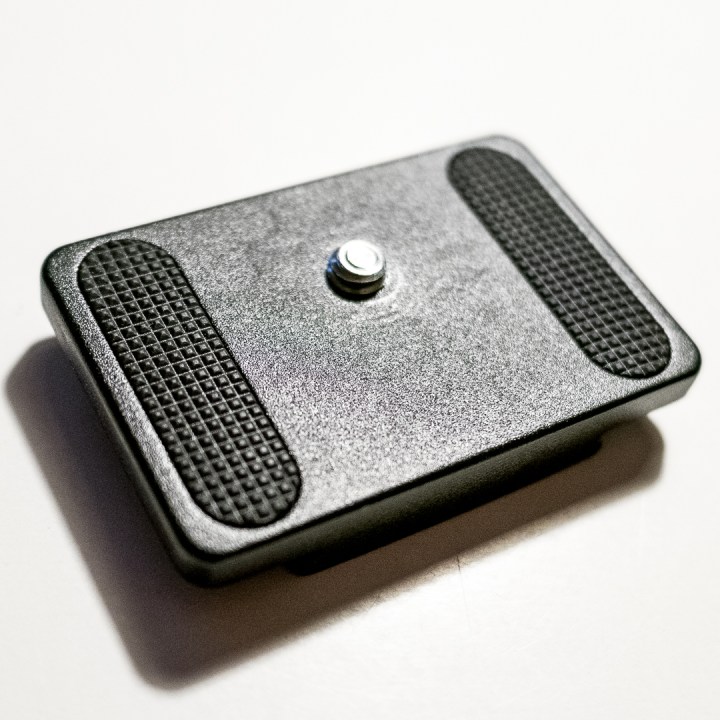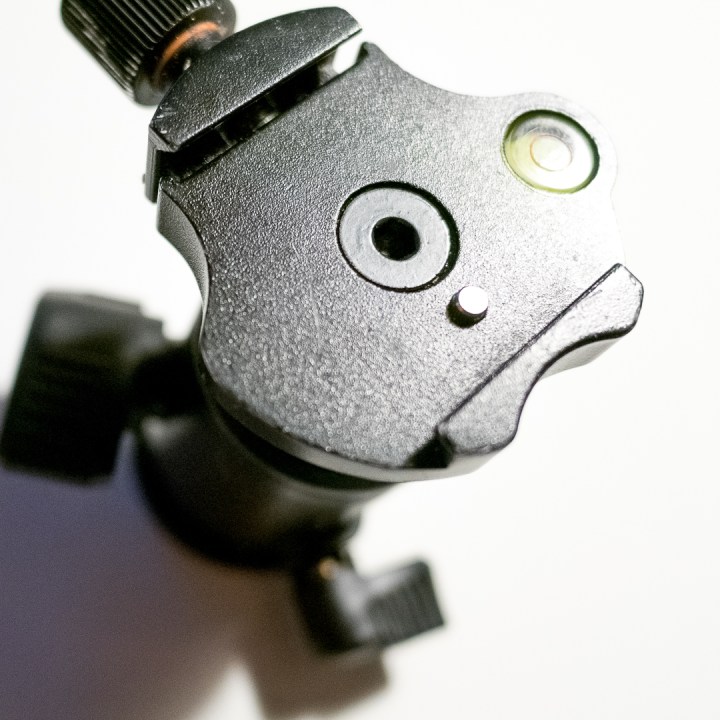No matter what kind of photographer you are, a tripod can make your pictures better.
The trouble is, there are hundreds of tripods available and there are dozens of features on each. Many of the features you choose will depend on the type of photography you do and where you will do it.
I have several tripods and several heads that I use in the studio or shooting architecture or portraits or when I’m traveling or hiking. No matter which features help you achieve your vision, you should always use a head with a safety feature.
The picture above is what my friend’s camera looks like after it fell off his tripod. The body is cracked, the LCD is ruined, and the 16-35mm lens is broken into multiple pieces. This could have been prevented with a single small feature I’ll discuss below.
The plate

A good tripod head should have a plate that attaches to your camera, which is then attached to the head. The plate should have rubber or cork that presses against the camera to give back pressure to the screw so that the screw will hold tightly and not come loose. Tighten the screw with a tool to ensure a secure fit.
If there is a folding loop on the screw head, consider using a key or another rod through that loop to give you more leverage as you turn it. If the screw just has a large slot, always use the head of a key or a large coin or screwdriver to secure the plate to the camera.
Related to the plate, you must get into the habit of loosening the tripod’s knobs every time you adjust the camera. Don’t force the camera to move until the knobs are loose or you’ll inevitably loosen the plate from the camera and that’ll lead to a fall.
The head

Tripod heads have various ways to keep your camera from accidentally falling off. Some have a small lever that must be unlocked before the large lever can be opened and the camera removed. Some have a protruding pin that keeps the camera from sliding off even if the camera is not locked in place (some have this same feature on the plate instead of the head).
I’ve heard people complain about this lever or the pin being annoying because you must deal with it every time; I’d much rather deal with the safety feature every time than the camera repair shop one time.
Belt and suspenders
Even with the safety features on your tripod head, you should probably find an additional way of making sure your camera doesn’t hit the ground if the plate/head fails. You’ve probably got a camera strap on your camera, so instead of letting that wave in the breeze (which makes your pictures blurry), wrap it around your tripod or connect it with a small carabiner.
I’m looking at options for using a small carabiner and tether to clip to my camera each time I mount it to the tripod. It won’t help if the tripod tips over, but at least the camera won’t be smashed to bits from falling off the head (here’s another article with some ideas to help keep the tripod from tipping).
Conclusion
Most of the time, if the camera hits the ground, it’s ultimately the photographer’s fault. Every tripod comes with a manual that says not to carry the tripod with the camera still attached because if something fails it’s sure to be expensive.
Still, most photographers do carry the tripod with the camera attached. Do yourself a favor and get a tripod with features that will help save your camera from a stupid fall, and use some kind of a tether to help cover your bases, too.
Tell your story with the second annual Visual Storytelling Conference!
Experience four days of interactive, online training sessions featuring a range of educational content with experienced photographers and content creators. This free event kicks off with a series of technical boot camps to build essential skills, followed by live, online sessions on photography, video, business and social media. Join live from March 10-13, 2022!
